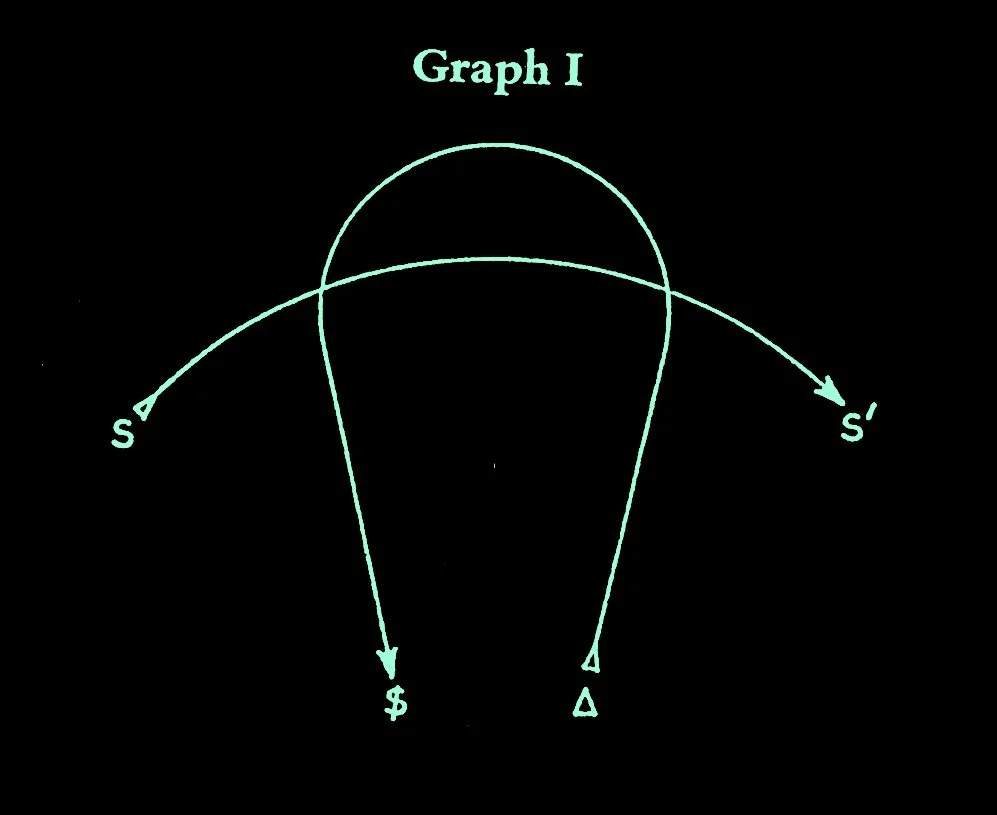An Introductory Dictionary of Lacanian Psychoanalysis (1996)
Psychoanalysis can tend to have a mania for concepts and nowhere is this mania more maniacal, nor more poetic, than in the work of Jacques Lacan. Over the course of 27 seminars presented yearly from 1951 to 1980, Lacan produced a startling amount of novel concepts, mathemes, koans and incendiary statements. While Lacan likewise wrote a series of papers collected in Ecrits (1966) it is apparent now that he is primarily an artist of the spoken word. Todd McGowan has gone so far as to suggest the Ecrits should be burned. I don’t feel that strongly; The Mirror Stage is well worth the trouble. But if the papers are difficult and tedious, the lectures are delightful. Lacan’s voice is warm, humorous and erudite—in fact he is absurdly erudite, like a cartoon of erudition. I started with seminar VII, but I hope to read the series from the beginning. Aside from taking a lifetime to read the seminars, many of which have not yet been translated into English, there is no better means of travel in the Lacanian universe than by a simple dictionary.
Such a dictionary exists. Some years ago I stumbled on a used copy of An Introductory Dictionary of Lacanian Psychoanalysis and reading it over the course of my education I have found that it is comprehensive, informative and even rather entertaining to read. The book functions as a choose your own adventure in Lacanian psychoanalysis, and while you could read it cover to cover its ideal mode is to surf from concept to concept. I am somewhat susceptible to the dictionary form for some reason—I guess like short entries that get to the point—and this dictionary in particular, satisfies my dictionary desire. This is in part due to the fact that a dictionary is in some sense made for Lacan. One travels by the mode of the signifier, and proceeds crabwise from concept to concept. Such a reading tends to move in a giant spiral and grows in relevance, or revelation, with each pass. One can, for example, begin at the entry extimacy, and proceed from there to mobius strip, thence to topology, borromean knot, and sinthome and from there finally to jouissance, as it suits your desire. (you can find a PDF of the dictionary here).
As for the book’s exactitude to Lacan, I can only guess. The dictionary’s author, one Dylan Evans, is a rather unusual character. Trained as a Lacanian analyst, having practiced for some years and after writing the dictionary, he decided that the Lacanian method was bad for his patients and, desiring logic and rationality, he abandoned psychoanalysis and dove headlong into cognitive behavioral science. After writing several books on evolutionary psychology (whatever that is) he attempted to start a utopia in the remote Scottish highlands, a farming community in which television would be banned, among other prohibitions. All did not go well in this paradise, however, and Dr. Evans soon suffered a mental break and was involuntarily hospitalized for some weeks. He has since quit the utopia. The utopia itself, though diminished in population, is still active.
the first graph of the graph of desire

